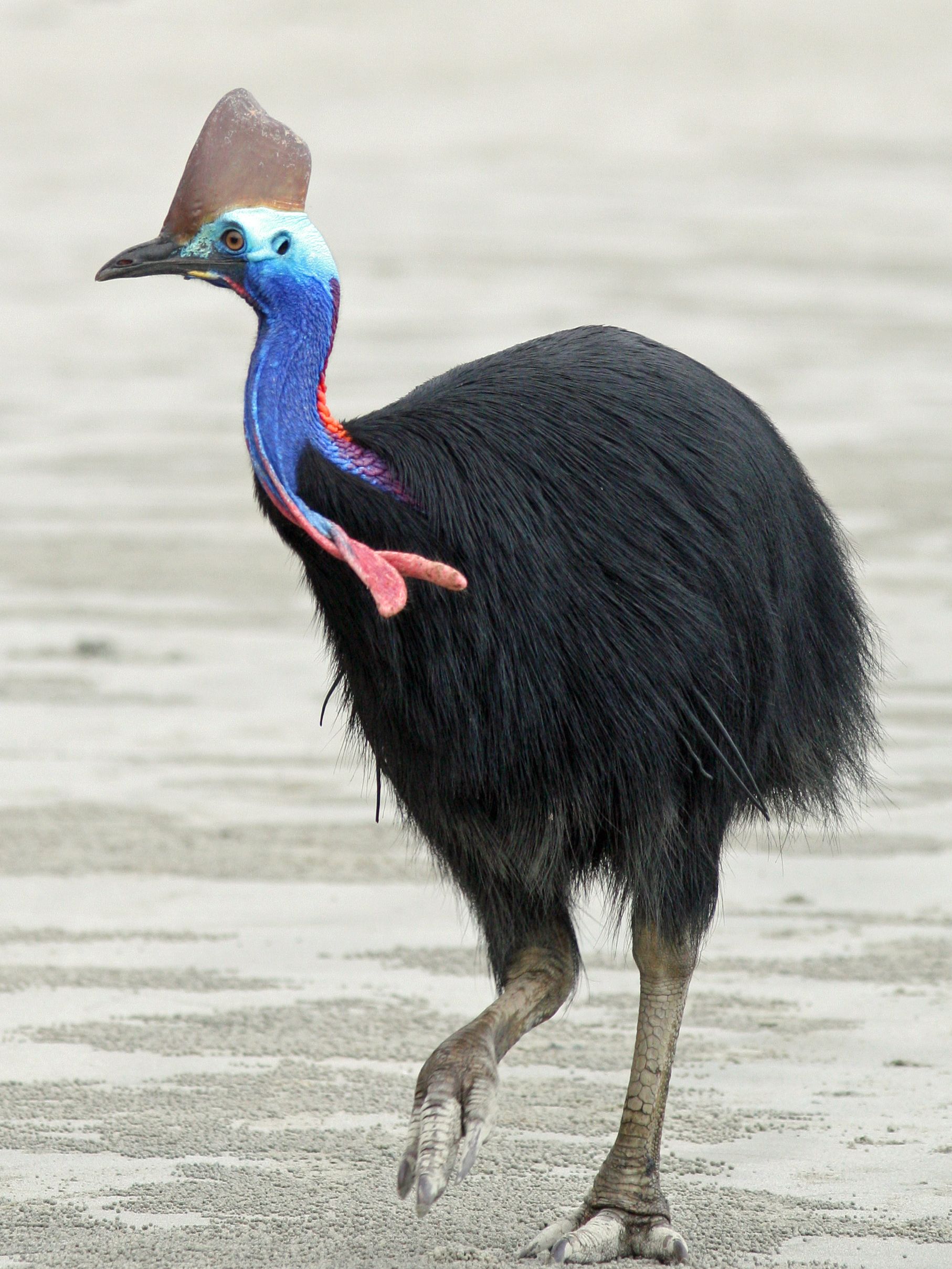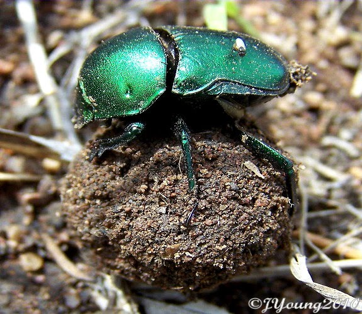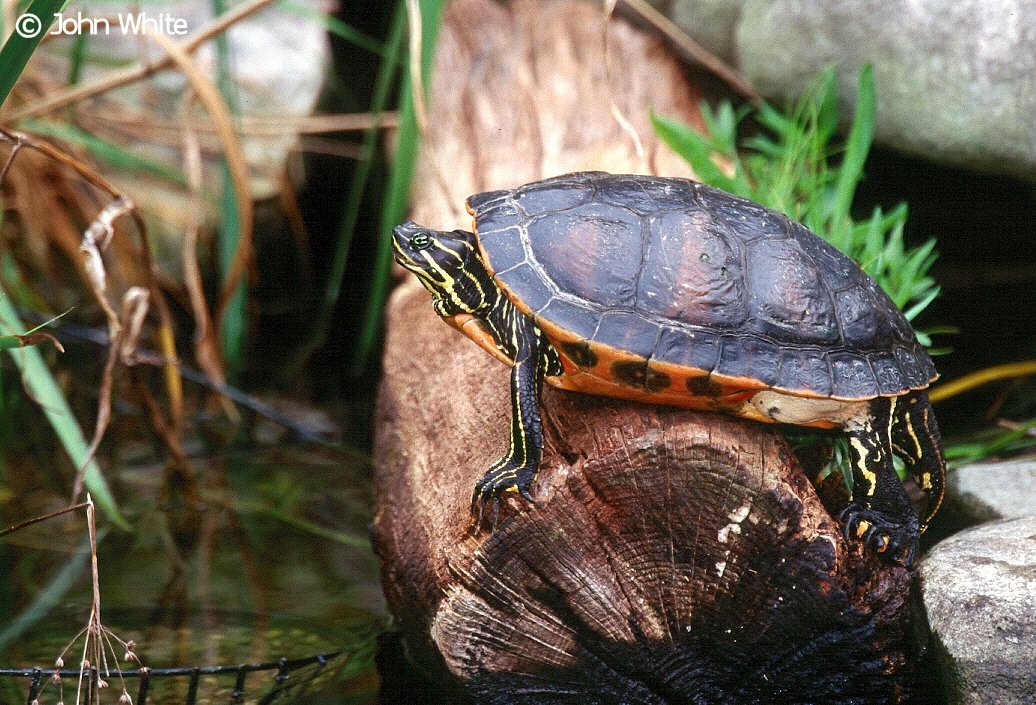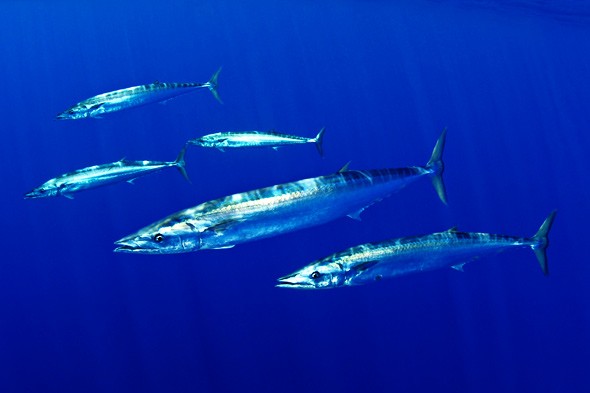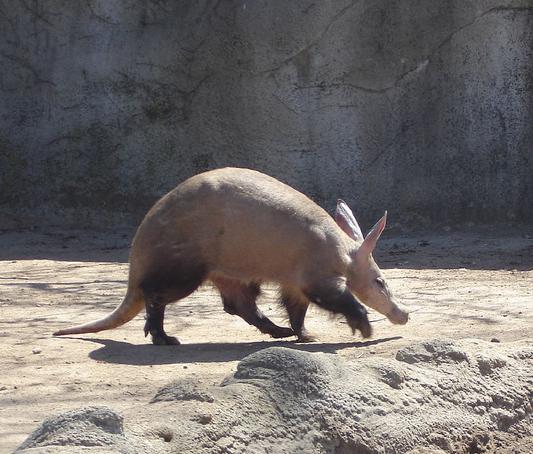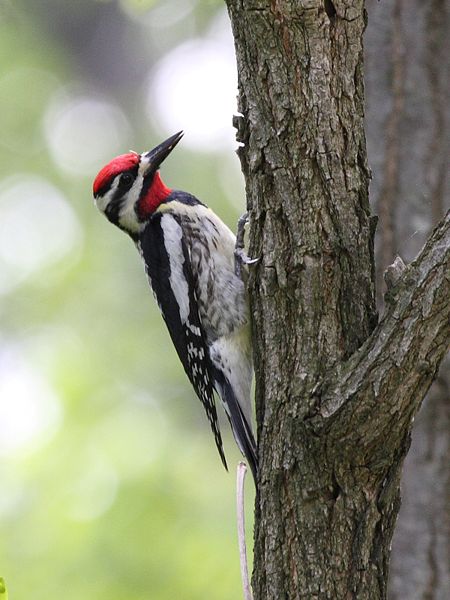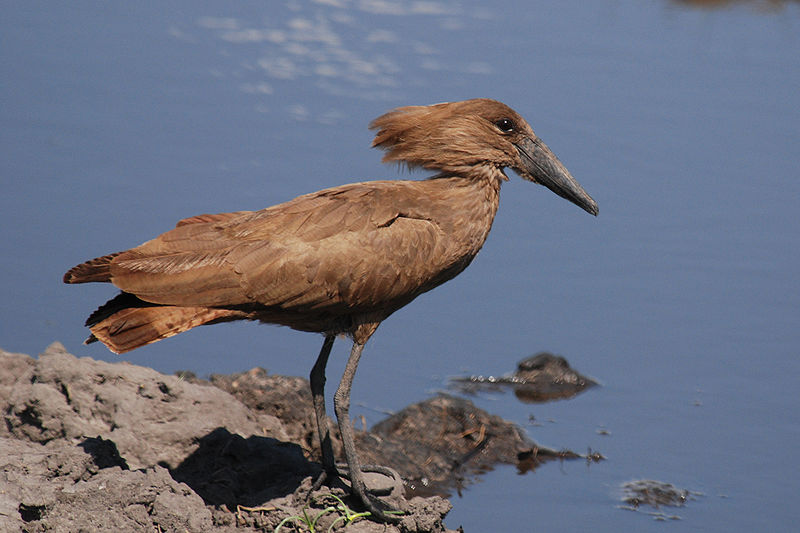
Welcome back to the beginning of the another thrilling week of animal facts. We are going to kick it all off by studying a bird with an very intriguing name, the Hammerkop. This medium-sized wading bird is also known as the Hammerhead, Hammerhead Stork, Umber Bird, Tuffed Umber and my personal favourite, the Anvilhead. You can probably take a guess as to how this bird received all of these unique names and we will discuss their odd shaped head in more detail in a few seconds. But first, let’s find out where we can find this Hammerhead Stork, shall we?
The Human Benefit
There are a few different locations you can go to if you want to catch a glimpse of the Hammerkop. They are typically found in wetland areas south of the Sahara Desert as well as in Madagascar and southwest Arabia. For the most part this particular wading bird pairs up with a mate and will remain sedentary in their specific habitat; however, some birds choose to move around between the dry and wet seasons. Interestingly enough the Hammerkop is a bird that actually benefits from human developments. Whenever we create reservoirs or dams, these wading birds are quick to move in and call it home. It is always nice to see human developments actually improve the life of an animal species…I just wish it would occur more often.

The Hammer Head
So by now, you have probably figured out that the Hammerkop receives all of their common names from the hammer/anvil shaped head. Yes, their curved beak and large crest on the back of their head definitely gives them a “hammer” shape. To go along with their hammer head, they also have a short tail, partially webbed feet and incredibly large wings. These features allow the Hammerkop to glide and soar very easily, although you will often seem them just standing around…sometimes on the back of a hippopotamus.
The Hammerkop Fast Fact
The Hammerhead Stork is best known for their compulsive nest building behaviour. Believe it or not, this relatively small bird is known for building huge nests that are roughly 100 times the size of their weight. In fact, their nests may be some of the largest birds nests in the world. Well I guess this means they have plenty of room to move around when spending a nice evening at home.

